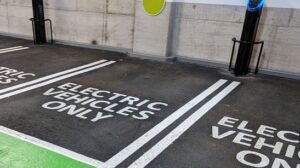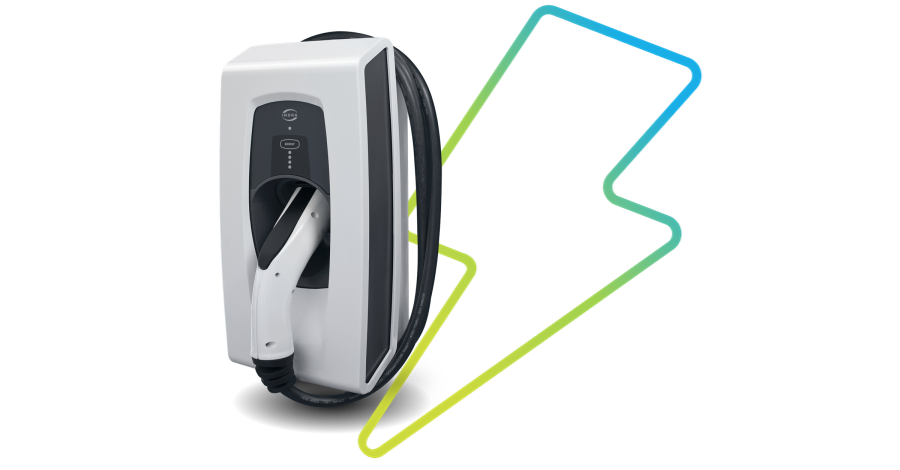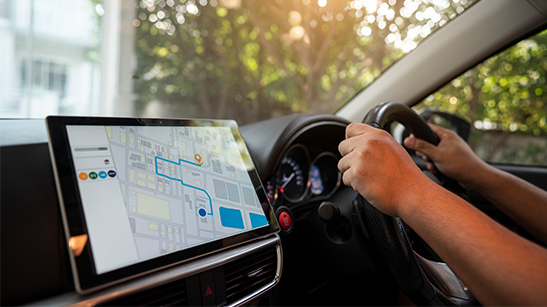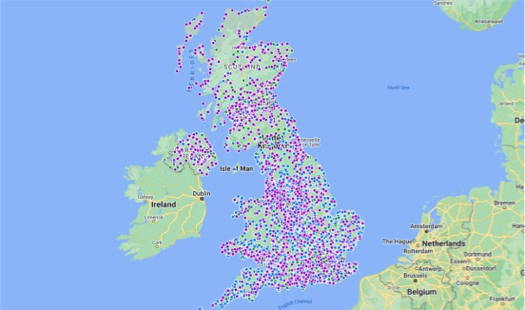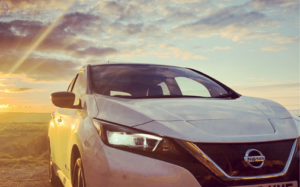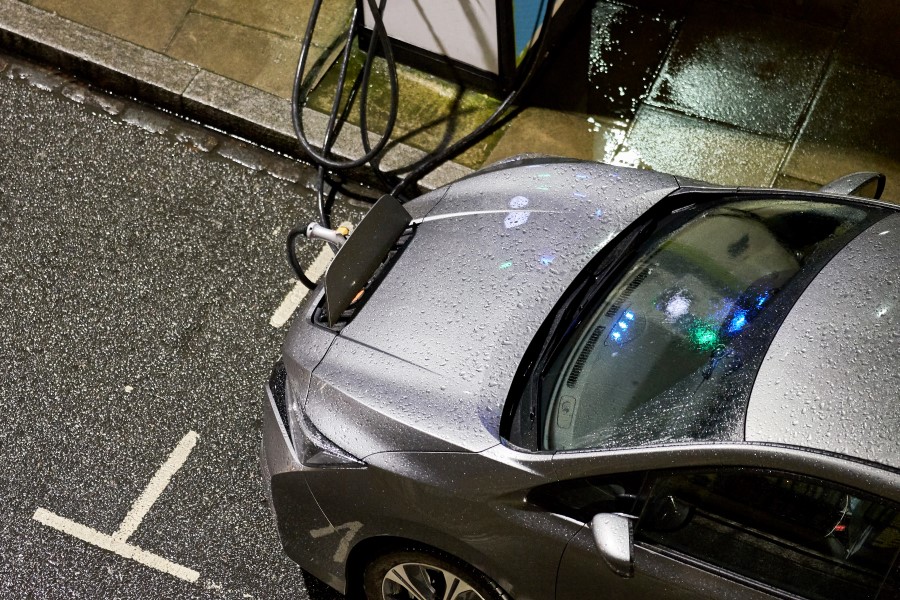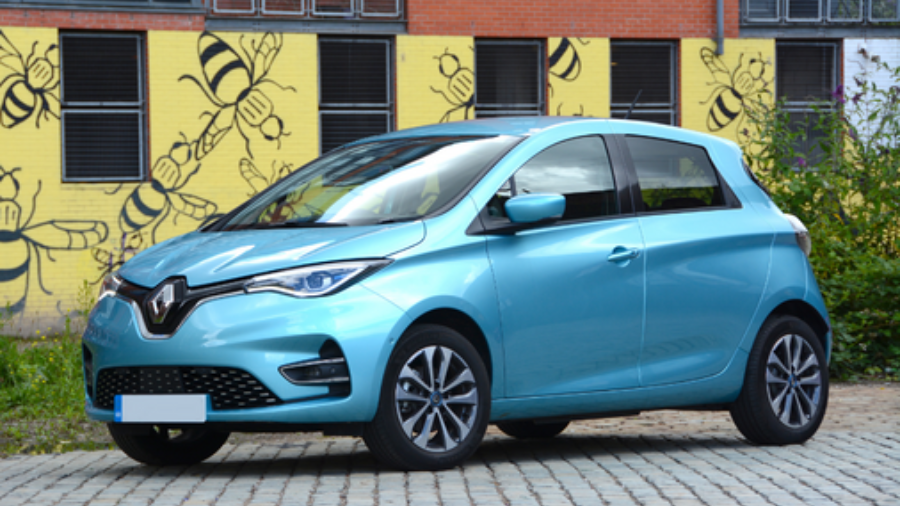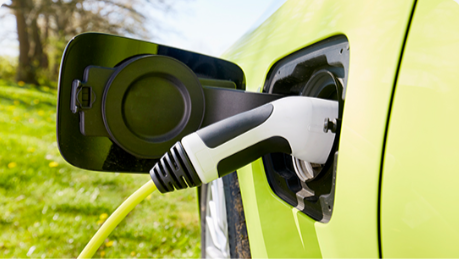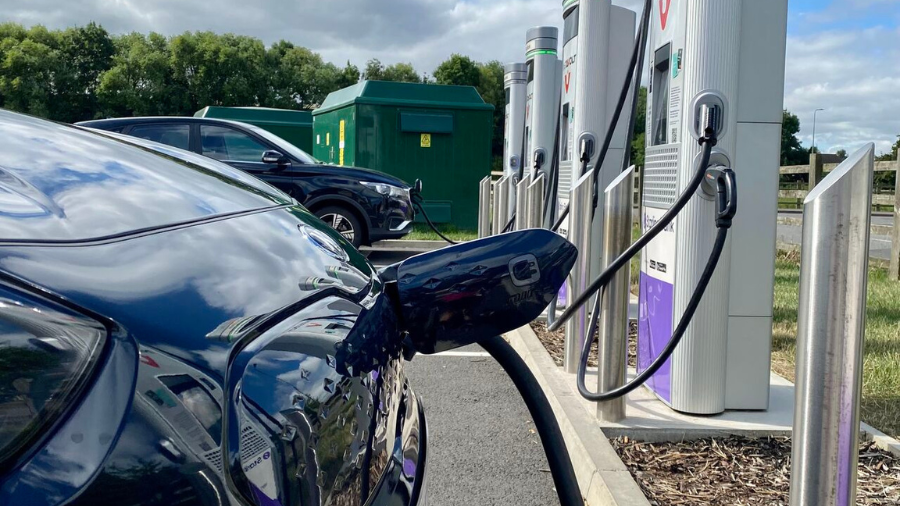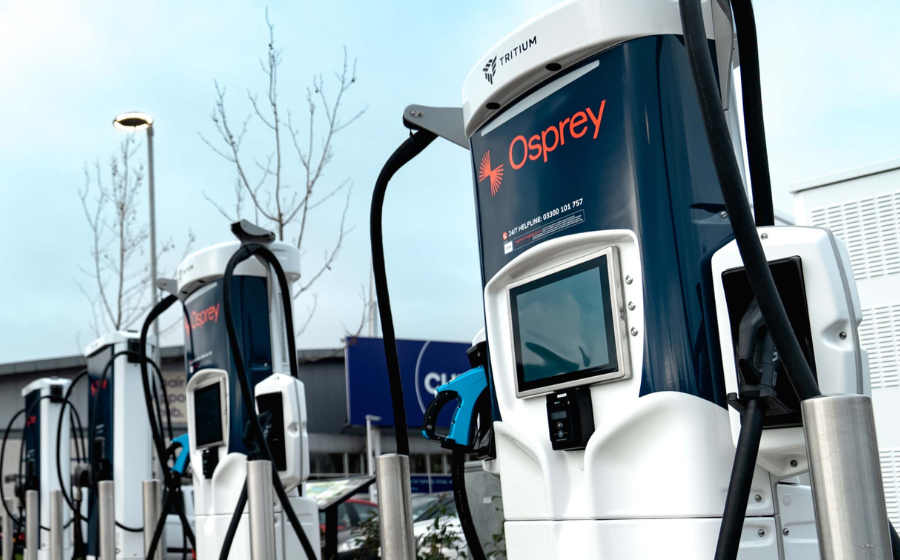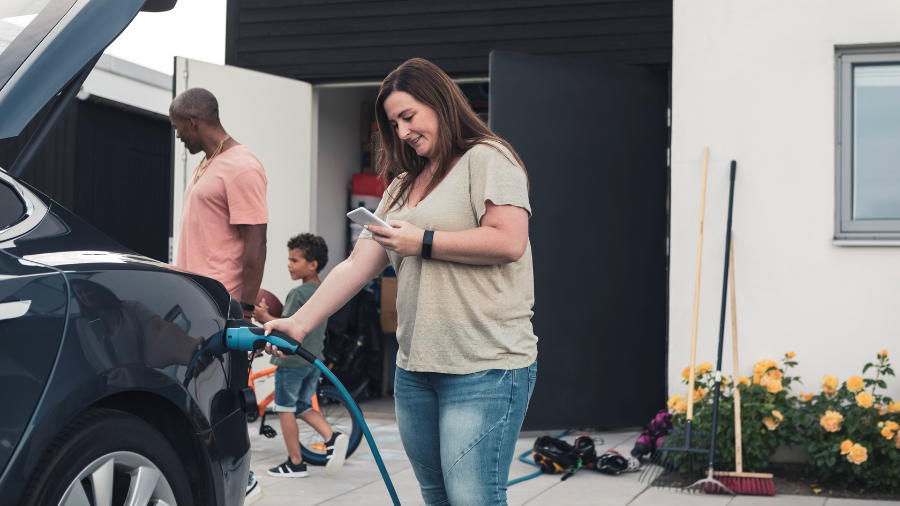How long does it take to charge an electric car?

Energy and Charging
All you need to know about chargers and plugs
Can you do a long road trip in an electric car?
Do I have to have a charge point fitted at home?
How accessible are electric car charge points?
How do I charge my electric car?
Does your driving style affect how far you can drive?
How often do I need to charge?
When’s the best time to charge an electric car?
The Ultimate Guide to Charging
Are you ready to go electric?
Want to know if an electric car is the right choice for you?
Join in with our simple online quiz to find out more.
Does it take a long time to charge an electric car?
This is a classic ‘How long’s a piece of string?’ question. You’ve got to factor in the age and model of your electric car, where you charge and what type of charger you’re using.
In super-simple terms, there are three levels of charging: plugging into a normal plug socket (which isn’t recommended – as we’ll explain later), home charging with a proper charger set-up, and public charging (either at standard or rapid speeds) away from home.
It really does vary from vehicle to vehicle. Some are renowned for how quickly they can charge. Others are notorious for how slowly they charge. The ballpark range for an average home charger is anything from 5 hours to 12 hours for a 100% charge, although people rarely charge from a very low state of charge. But some cars can charge from 5-80% in a speedy 18 minutes on the most rapid public chargers.
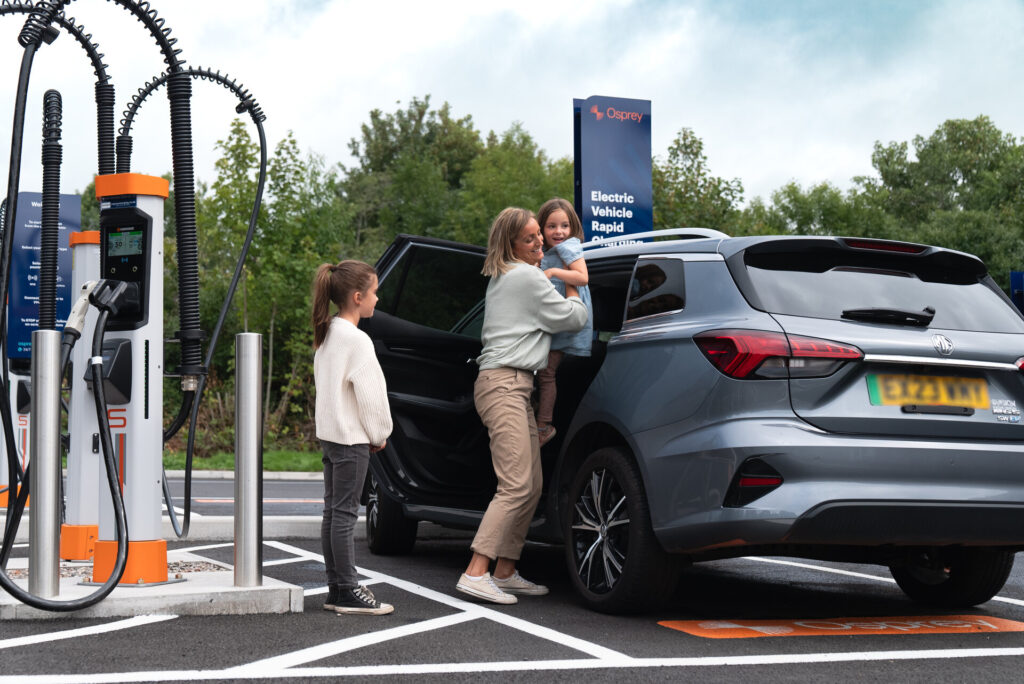
How long will it take to charge from low to 100% at home?
Using the Hyundai KONA Electric 64kWh as an example. This is Hyundai’s electric answer to its ICE equivalent. According to the Electric Vehicle Database it has a WLTP range of about 240 miles when it’s fully charged.
To charge a Hyundai KONA Electric 65kWh from 0-100% using a 7kW standard charge point would take 10h 15m. Based on these figures, a one hour charge at the supermarket would give your battery a 10% charge, and seven hours at your workplace would give your battery about a 70% charge.
Find out how one electric car driver thinks it’s even less…
“I love the fact that it takes me ten seconds to charge my car at home! This is the time it takes for me to get out of my car on the driveway, plug the car in and go inside. Then I let the smart charger do its stuff, and wake up the next day to a car full of electrons. I tend to top up regularly, to take best advantage of off-peak hours.”
Ben Afia, September 2022
Home charging
Let’s take home charging first. Most electric car drivers do most of their charging at home, overnight. It’s relatively cheap if you can charge at home, even with rising energy prices – as long as you’re on the right electric car-friendly energy tariff.
But what do you use to actually charge your car? If you’re charging it at home, there are three main ways.
- Smart charger (tethered) – a charger with a cable attached to it, that you simply plug into the car
- Smart charger (untethered) – a dedicated charger where you connect your charging cable
- Three-pin plug – a standard three-pin plug that you connect to a 13-amp socket
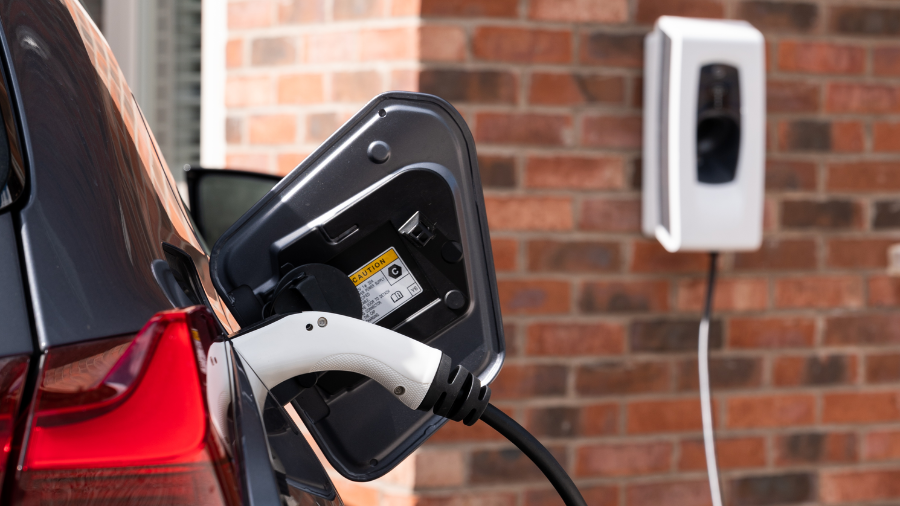
Is an electric car
right for me?
Discover electric cars that are available through our partner CBVC today.
Discover cars available

